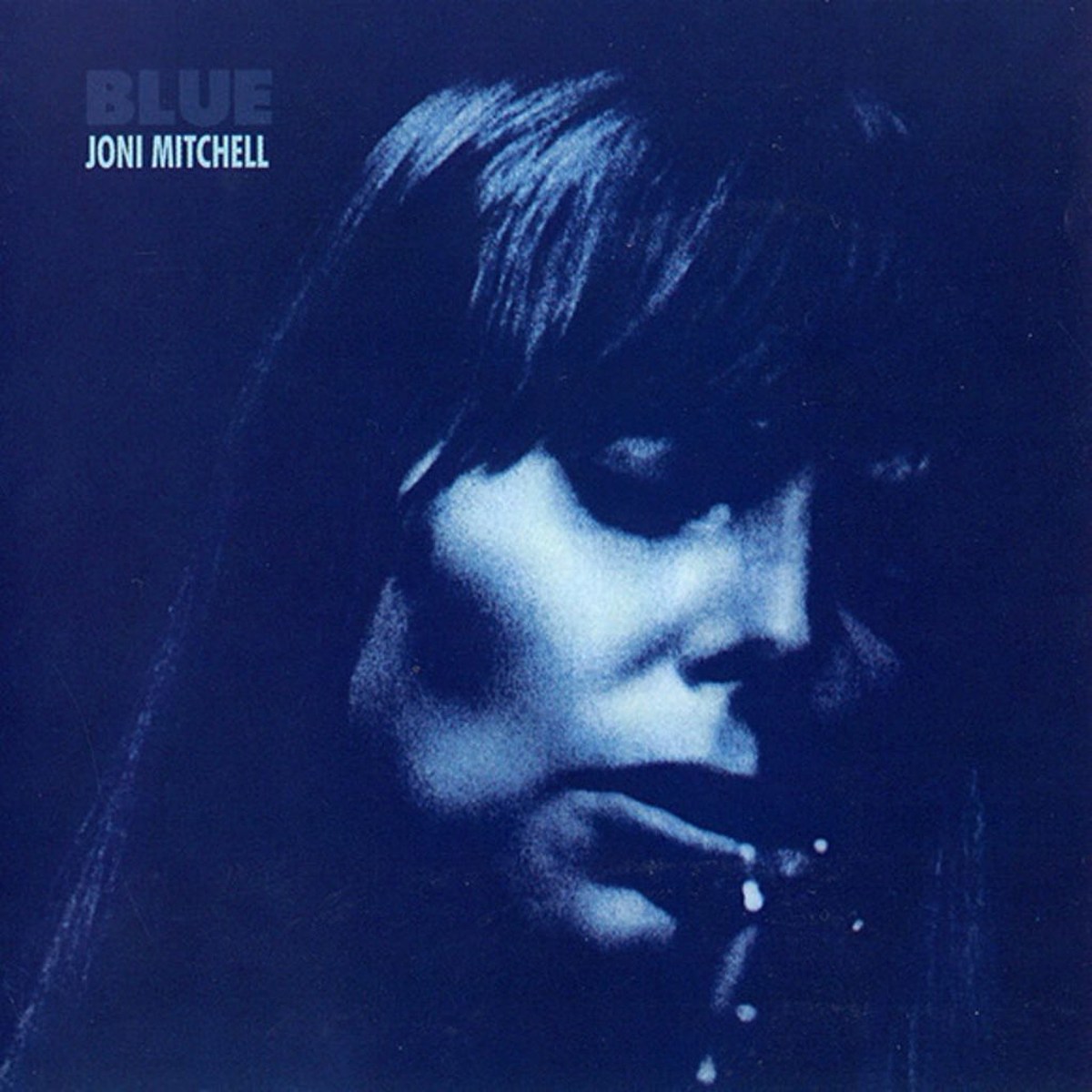What does it take to make one of the greatest albums of all time? For The Beach Boys, The Beatles, and Marvin Gaye, it meant doing something maximal, utilizing orchestras and multi-layered arrangements and coming out with something that just sounded so big. For Joni Mitchell, whose fourth album Blue is regularly and deservedly considered one of the best albums of all time, it was the exact opposite approach. The album featured contributions from some heavy hitters (Stephen Stills and James Taylor, the latter of whom is said to be one of the lovers/ex-lovers that the songs are about), but their contributions were minimal. The bulk of the album is Joni's voice accompanied by her guitar, piano, and/or Appalachian dulcimer. Only three of the ten songs have drums.
Matching the quiet, minimal tone is the level of vulnerability that this album has. The songs have been referred to as "love songs" or "breakup songs," but those descriptions do little justice for how simultaneously personal, singular, poetic, and conversational they are. They aren't overly sweet or sappy or woe-is-me; they're sharp and observational and reflective. Blue is an album that opens mid-scene, in motion, like an award-winning dramatic film: "I am on a lonely road and I am traveling," an opening line so iconic that the melody pops into your head just from reading it, and half a century later it still hasn't lost any of its impact. It's an album with snapshots of casual conversation ("Come on down to the Mermaid Café and I will buy you a bottle of wine, and we'll laugh and toast to nothing and smash our empty glasses down"), with anxiety ("I'm so hard to handle, I'm selfish and I'm sad"), with those moments when you find yourself alone again and everything hurts a little too much ("I'm drinking sweet champagne, got the headphones up high, can't numb you out, can't drum you out of my mind"). "All the men around me were really nervous," Joni said when discussing reactions to the album for David Yaffe's 2017 book Reckless Daughter: A Portrait of Joni Mitchell. "The vulnerability freaked them out." The openness in Joni's songs was revolutionary at the time, and if the album doesn't seem that way now, it's only because of how massively influential Blue has become. To call it ahead of its time would be an understatement; it's spent the past fifty years spawning imitators and people are still trying to catch up.
